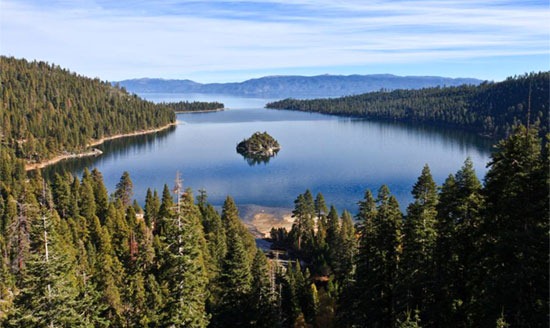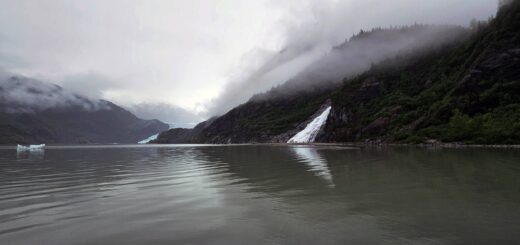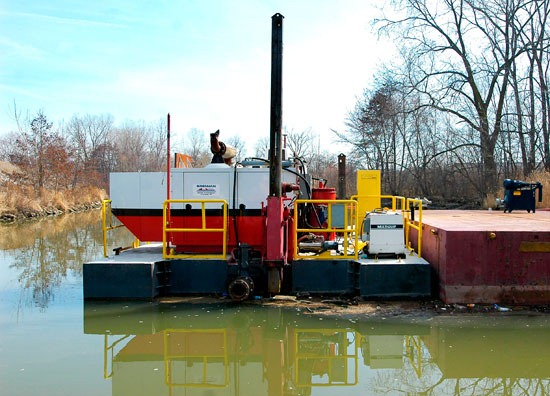NASA: The world’s lakes are getting warmer
0
Lake Tahoe, the largest alpine lake in North America, was one of the primary validation sites for NASA’s global lake temperature study.
NASA has conducted a comprehensive survey of temperatures in the Earth’s major lakes, and the results show a trend of rising water temperatures over the past 25 years, likely due to climate change.
Researchers Philipp Schneider and Simon Hook of NASA’s Jet Propulsion Laboratory used thermal infrared satellite imagery data to measure the surface temperatures of 167 lakes scattered across the planet. The results show an average warming rate of 0.45 degrees Celsius per decade. Some lakes are warming as rapidly as 1 degree Celsius per decade. This satellite data agrees with Great Lakes buoy data, which showed record-high temperatures this summer.
The warming trend is worldwide, the study concludes, with the most severe cases in the mid- to high-latitudes in the Northern Hemisphere. These temperature increases can generate more severe algal blooms and help many invasive species thrive.
“Our analysis provides a new, independent data source for assessing the impact of climate change over land around the world,” Schneider said. “The results have implications for lake ecosystems, which can be adversely affected by even small water temperature changes.”
Schneider is the lead author of the study, which was published this week in the journal Geophysical Research Letters.
NASA Study Finds Earth’s Lakes are Warming [NASA Jet Propulsion Laboratory] Image Credit: Courtesy of the NASA Jet Propulsion Laboratory













